Alberni by Kengo Kuma throws shapes in Vancouver
Alberni by Kengo Kuma is completed, showing off its highly crafted, wavy volume in Vancouver, Canada
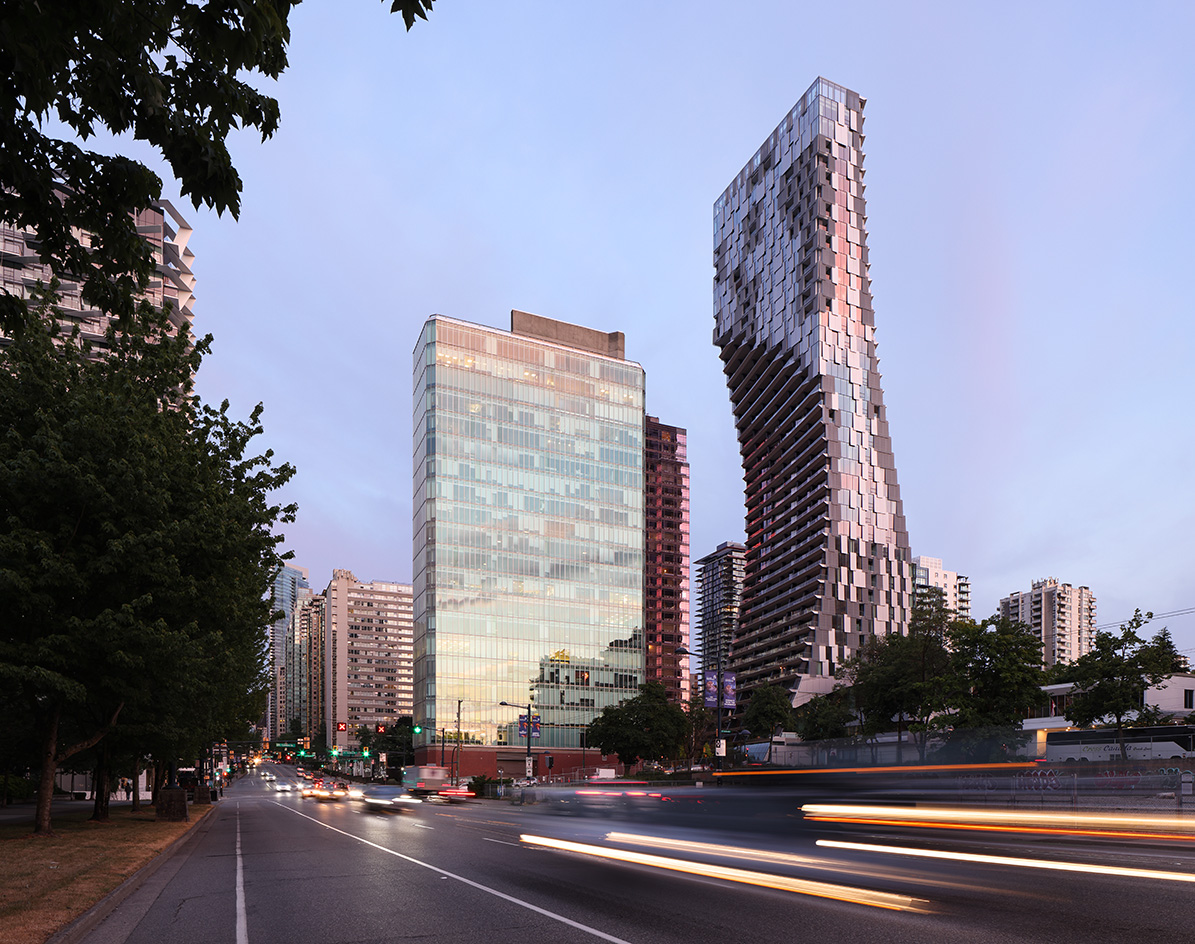
Alberni's distinctive outline is sure to make it a new icon for the West End neighbourhood of Vancouver. But its striking curves, created by Japanese architecture master Kengo Kuma, are not merely a creative's expressive gesture or an aesthetic decision. The 43-storey residential tower draws heavily on its locale, the two 'scoops' carved out from its slim, long volume, inspired by the context. The new geometries allow for better vistas and connections to the street and surroundings, both for Alberni’s inhabitants and its neighbours.
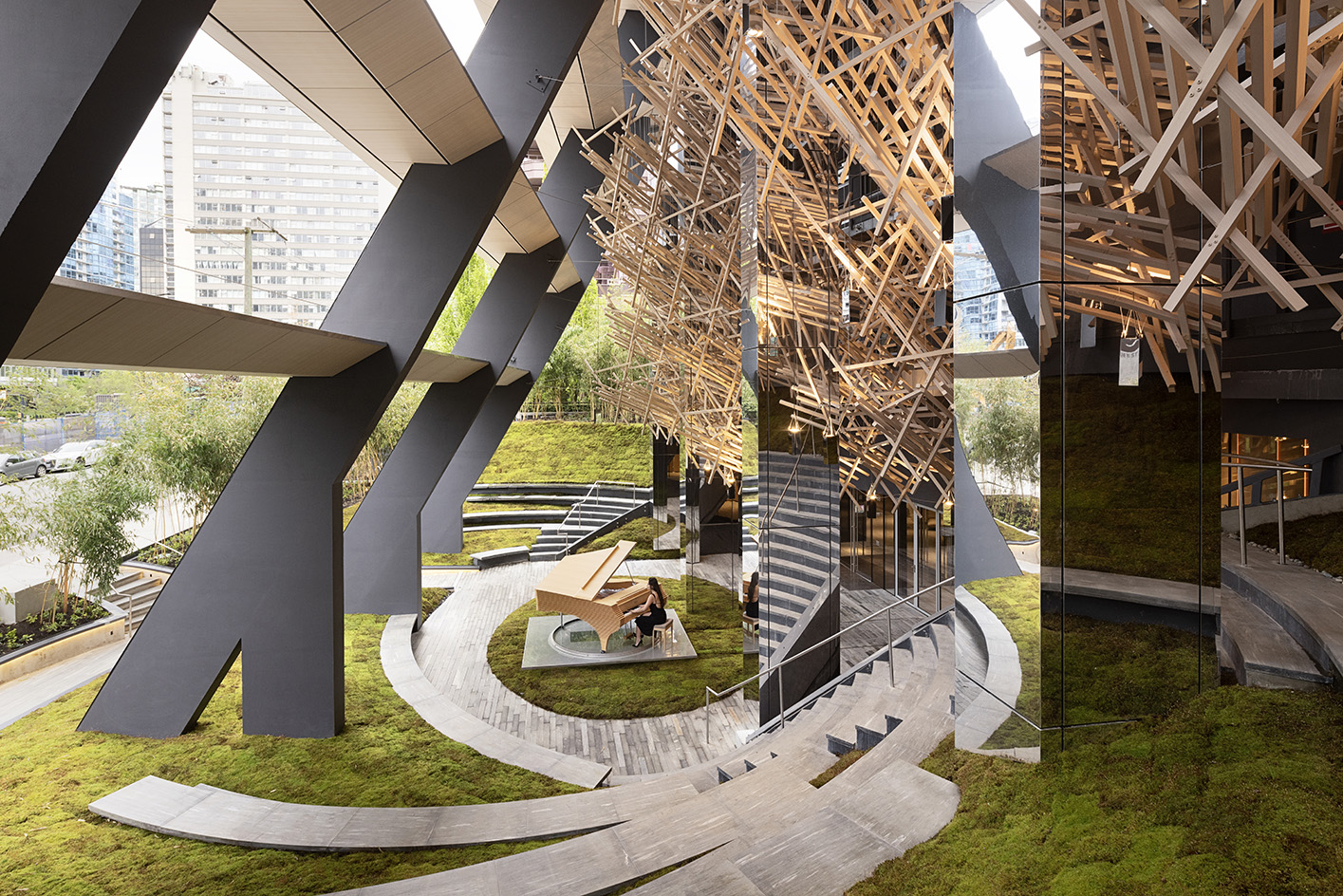
Alberni by Kengo Kuma
Created by local, design-led property developer Westbank, headed by Ian Gillespie, Alberni has just been completed. The residential scheme shows off flowing lines that are combined with timber details and larger installations. It's a choice that links back to its architect's long-standing relationship with the material. This, along with the extensive moss garden on the ground level, brings nature into what is a substantial development. This continues in the swimming pool area just above the entrance. 'In keeping with Japanese spatial traditions, the emphasis is on the atmosphere rather than the object,' the project's authors write.
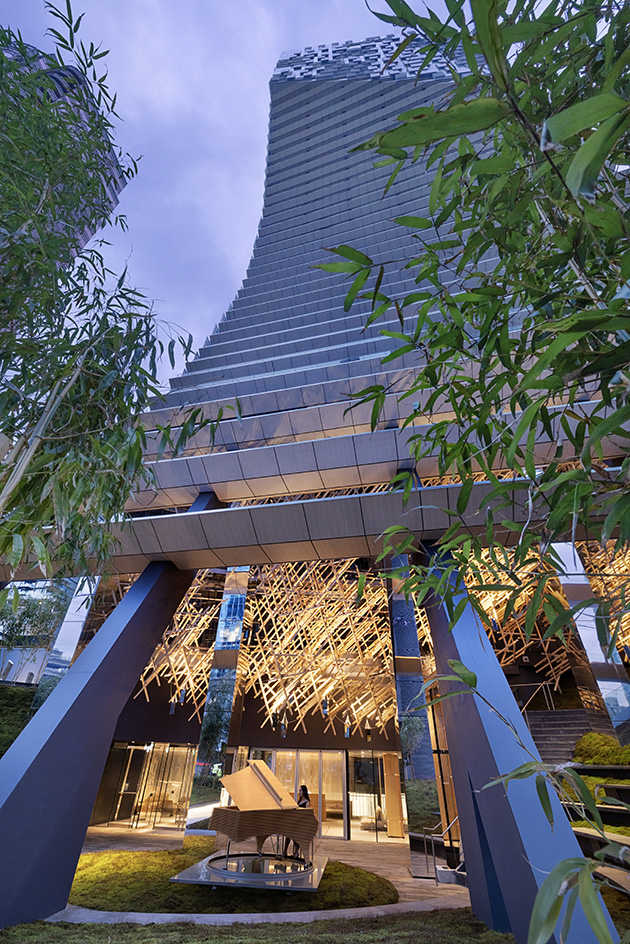
'Westbank and Ian Gillespie have always pushed us to explore adventurous ideas with each new collaboration, and have been supportive in our effort to connect our works to the surrounding environment – natural and urban. We are very proud of our work at Alberni, not only the design but also the execution. Key design gestures and details are expressed with clarity. This is our ninth project with Westbank already, but our first high-rise residential work in Vancouver, as well as in North America, and this sets a high bar for us – as an expression of quality construction, engagement with city fabric, and architectural and living concept,' says Kuma.
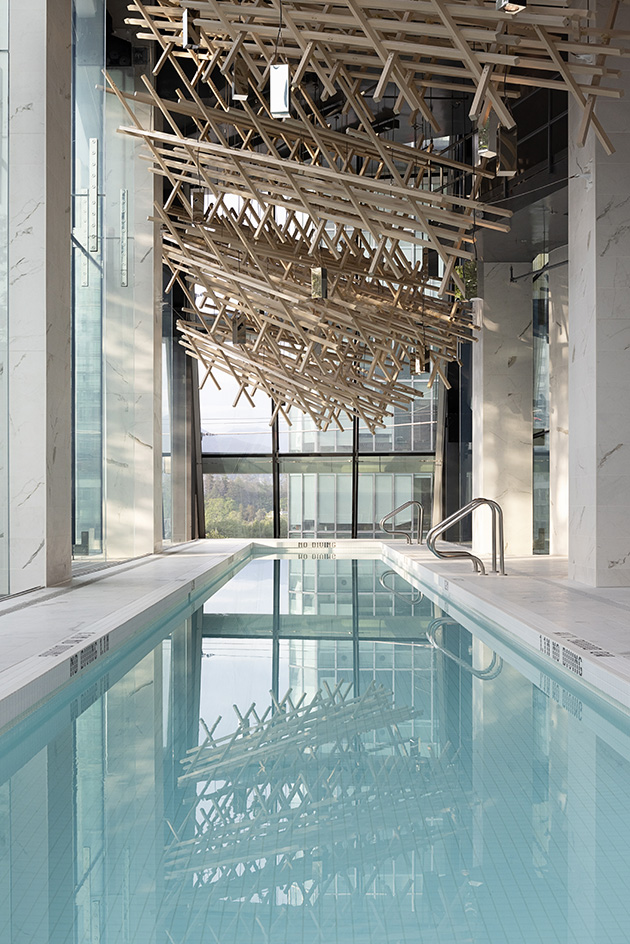
Intricate woodwork details can be found throughout, matching in refinement the carefully orchestrated amenities on site, which include a Kengo Kuma-designed Fazioli piano, the moss garden and swimming pool, and a contemporary Japanese restaurant concept, 'inspired by the Japanese culinary art form of Kaiseki the project team experienced in Tokyo'.
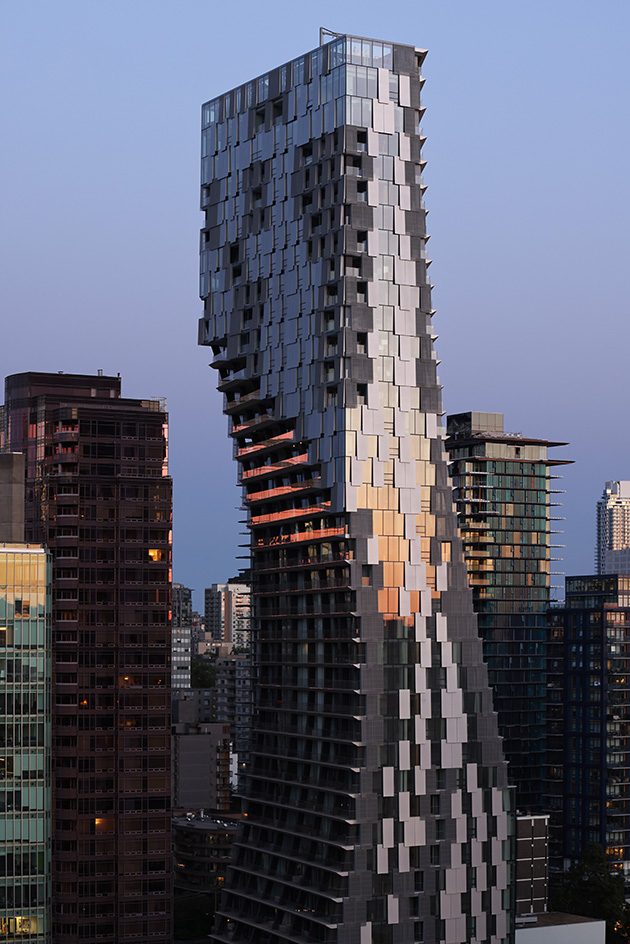
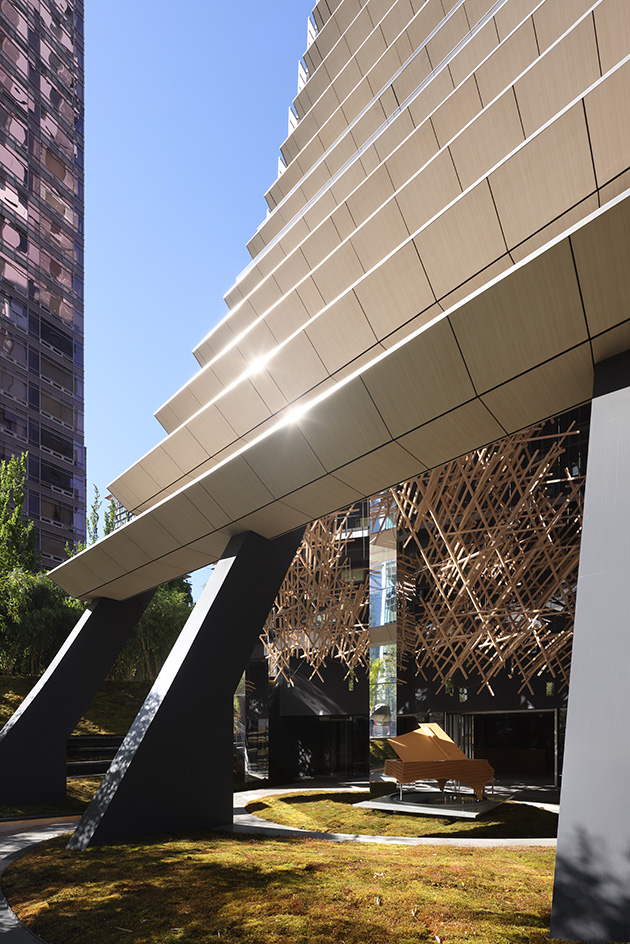
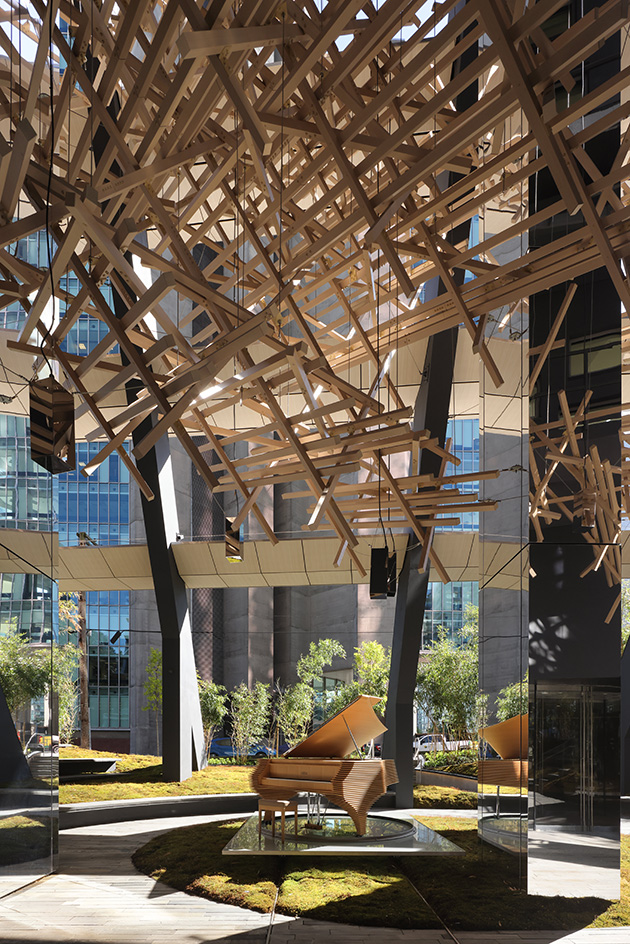

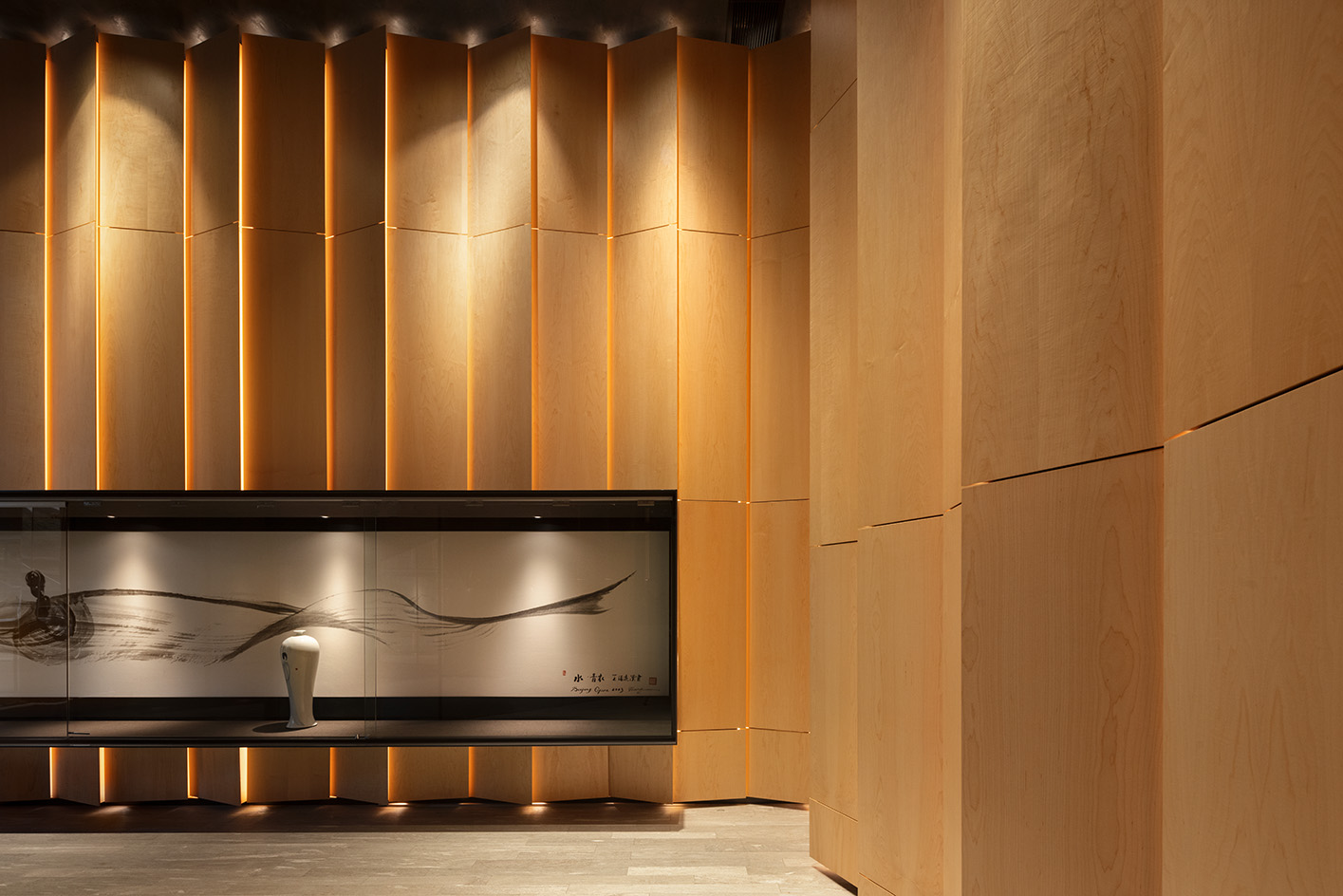
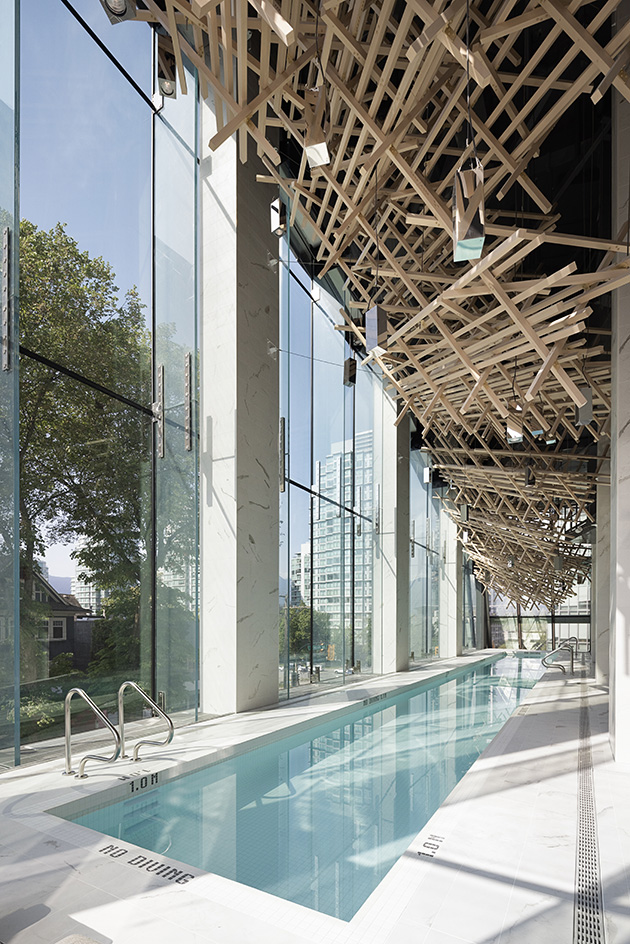
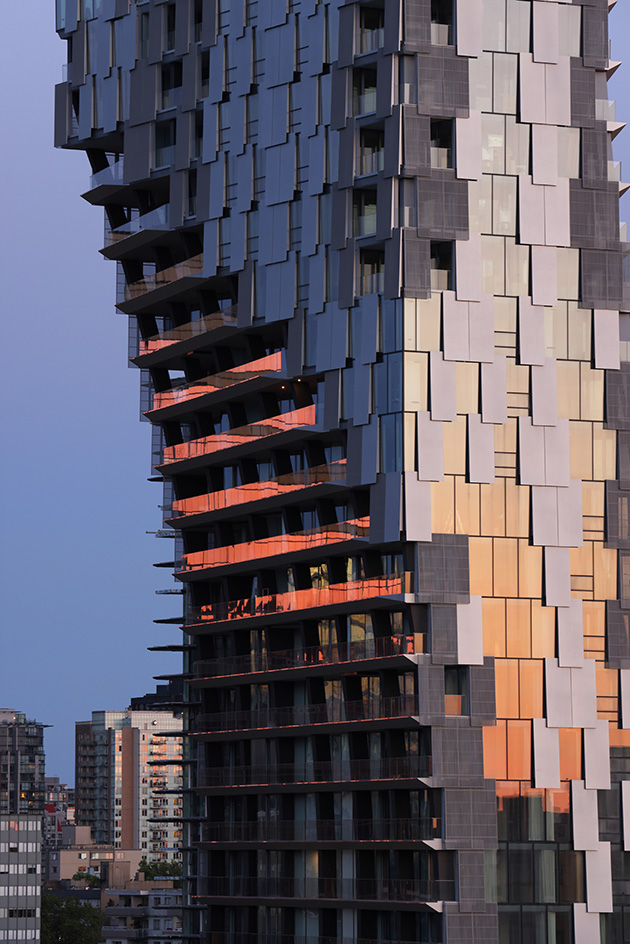
Receive our daily digest of inspiration, escapism and design stories from around the world direct to your inbox.
Ellie Stathaki is the Architecture & Environment Director at Wallpaper*. She trained as an architect at the Aristotle University of Thessaloniki in Greece and studied architectural history at the Bartlett in London. Now an established journalist, she has been a member of the Wallpaper* team since 2006, visiting buildings across the globe and interviewing leading architects such as Tadao Ando and Rem Koolhaas. Ellie has also taken part in judging panels, moderated events, curated shows and contributed in books, such as The Contemporary House (Thames & Hudson, 2018), Glenn Sestig Architecture Diary (2020) and House London (2022).
-
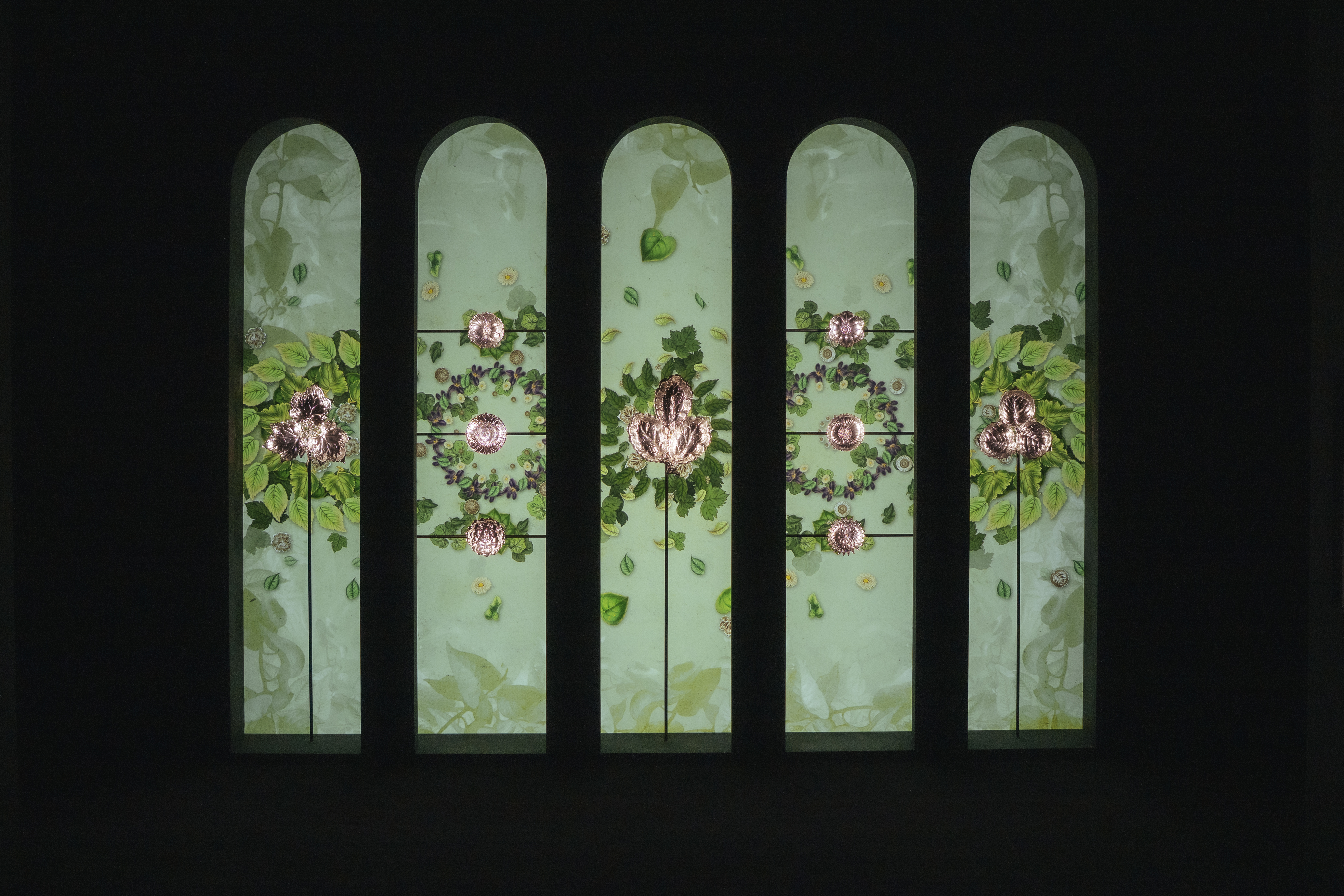 Dive into Buccellati's rich artistic heritage in Shanghai
Dive into Buccellati's rich artistic heritage in Shanghai'The Prince of Goldsmiths: Buccellati Rediscovering the Classics' exhibition takes visitors on an immersive journey through a fascinating history
-
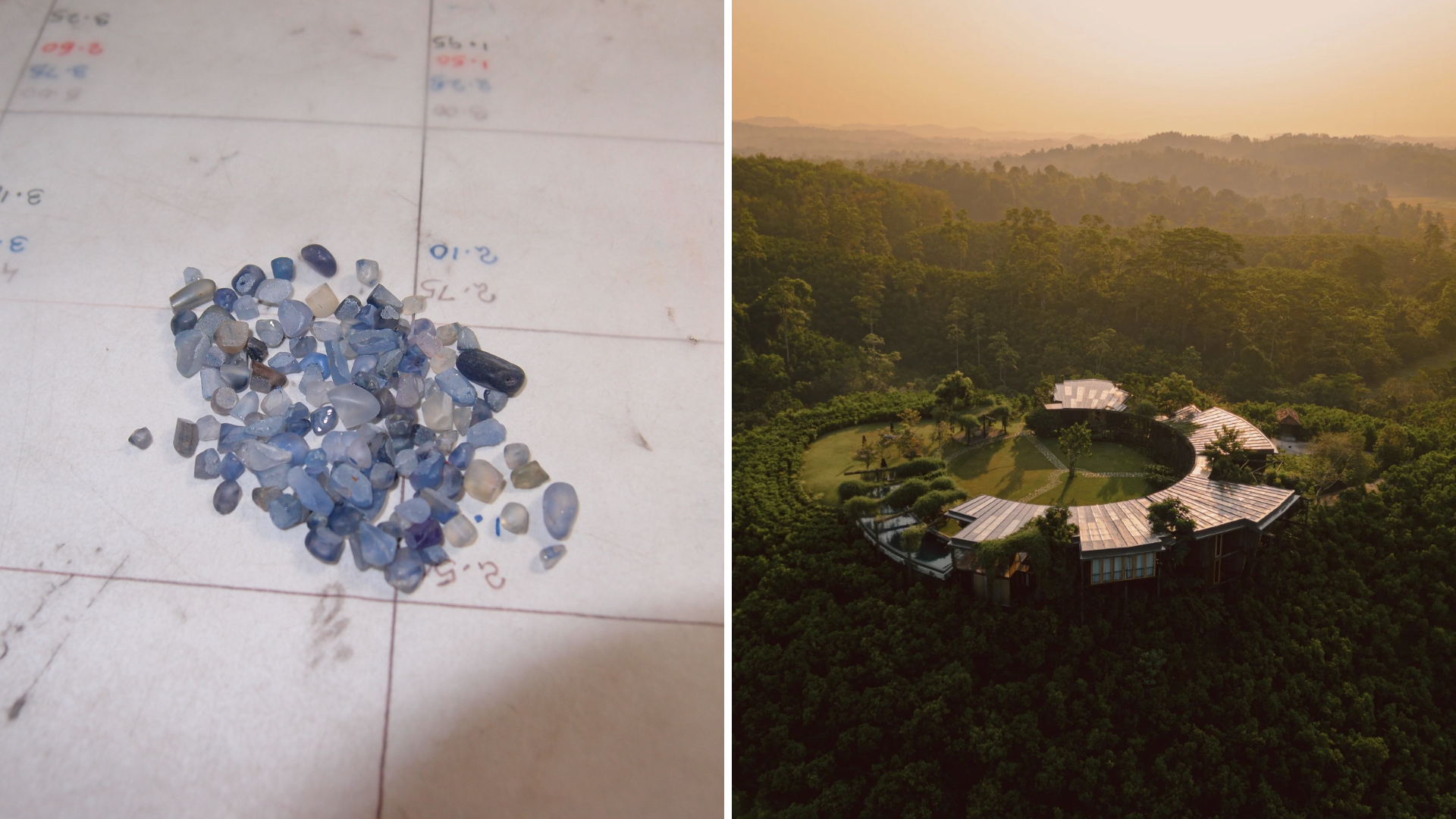 Love jewellery? Now you can book a holiday to source rare gemstones
Love jewellery? Now you can book a holiday to source rare gemstonesHardy & Diamond, Gemstone Journeys debuts in Sri Lanka in April 2026, granting travellers access to the island’s artisanal gemstone mines, as well as the opportunity to source their perfect stone
-
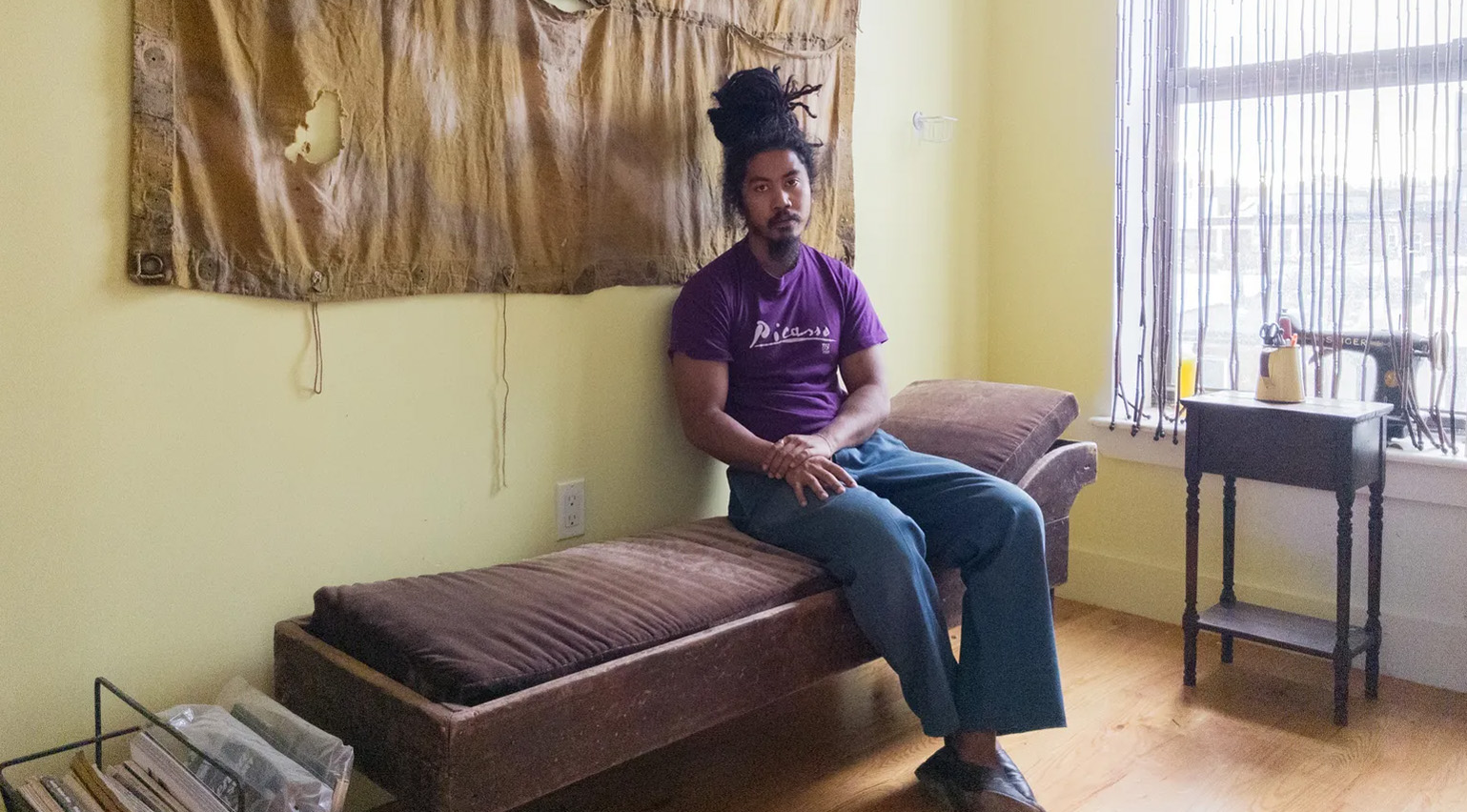 The rising style stars of 2026: Connor McKnight is creating a wardrobe of quiet beauty
The rising style stars of 2026: Connor McKnight is creating a wardrobe of quiet beautyAs part of the January 2026 Next Generation issue of Wallpaper*, we meet fashion’s next generation. Terming his aesthetic the ‘Black mundane’, Brooklyn-based designer Connor McKnight is elevating the everyday
-
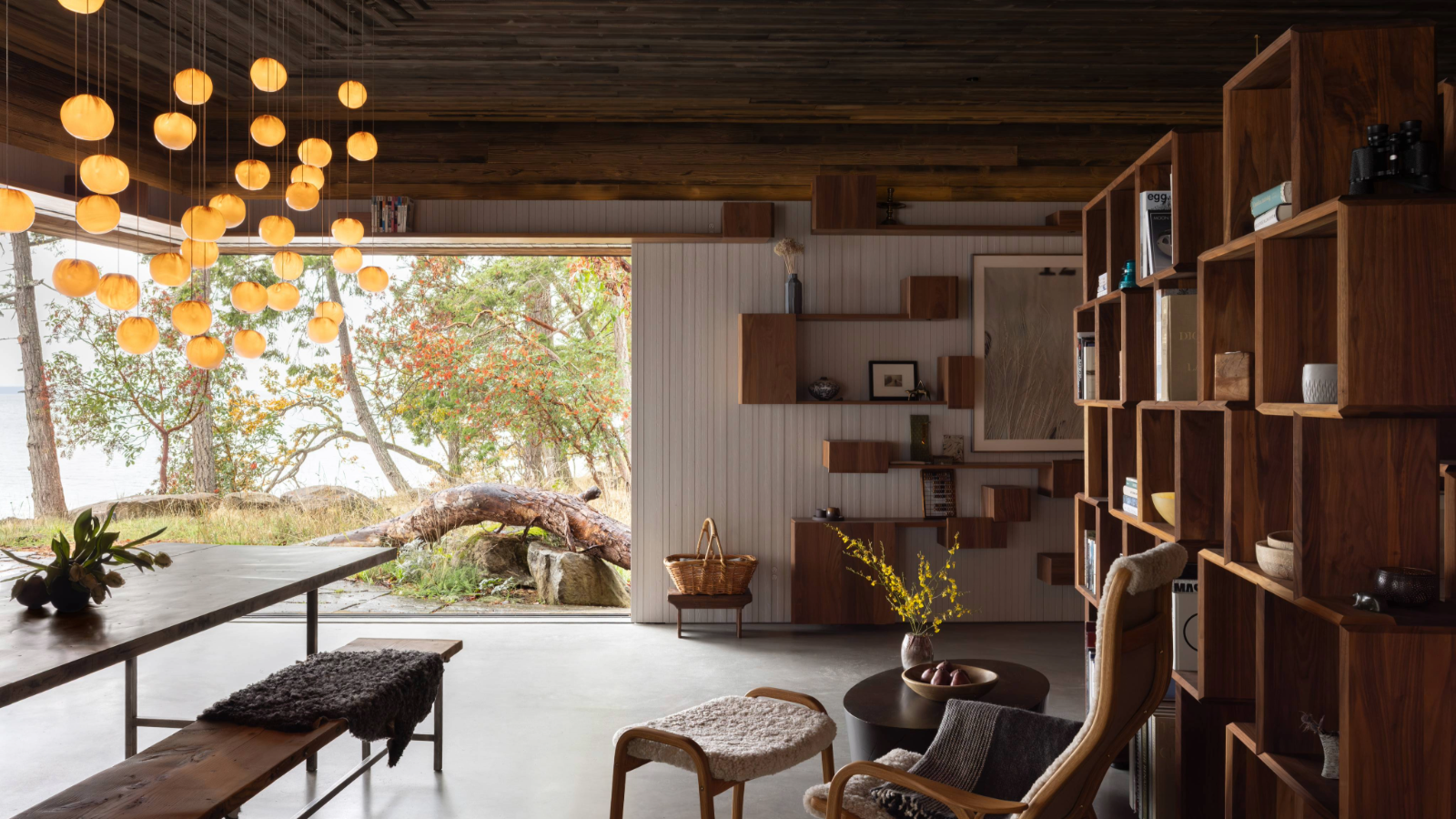 This retreat deep in the woods of Canada takes visitors on a playful journey
This retreat deep in the woods of Canada takes visitors on a playful journey91.0 Bridge House, a new retreat by Omer Arbel, is designed like a path through the forest, suspended between ferns and tree canopy in the Gulf Island archipelago
-
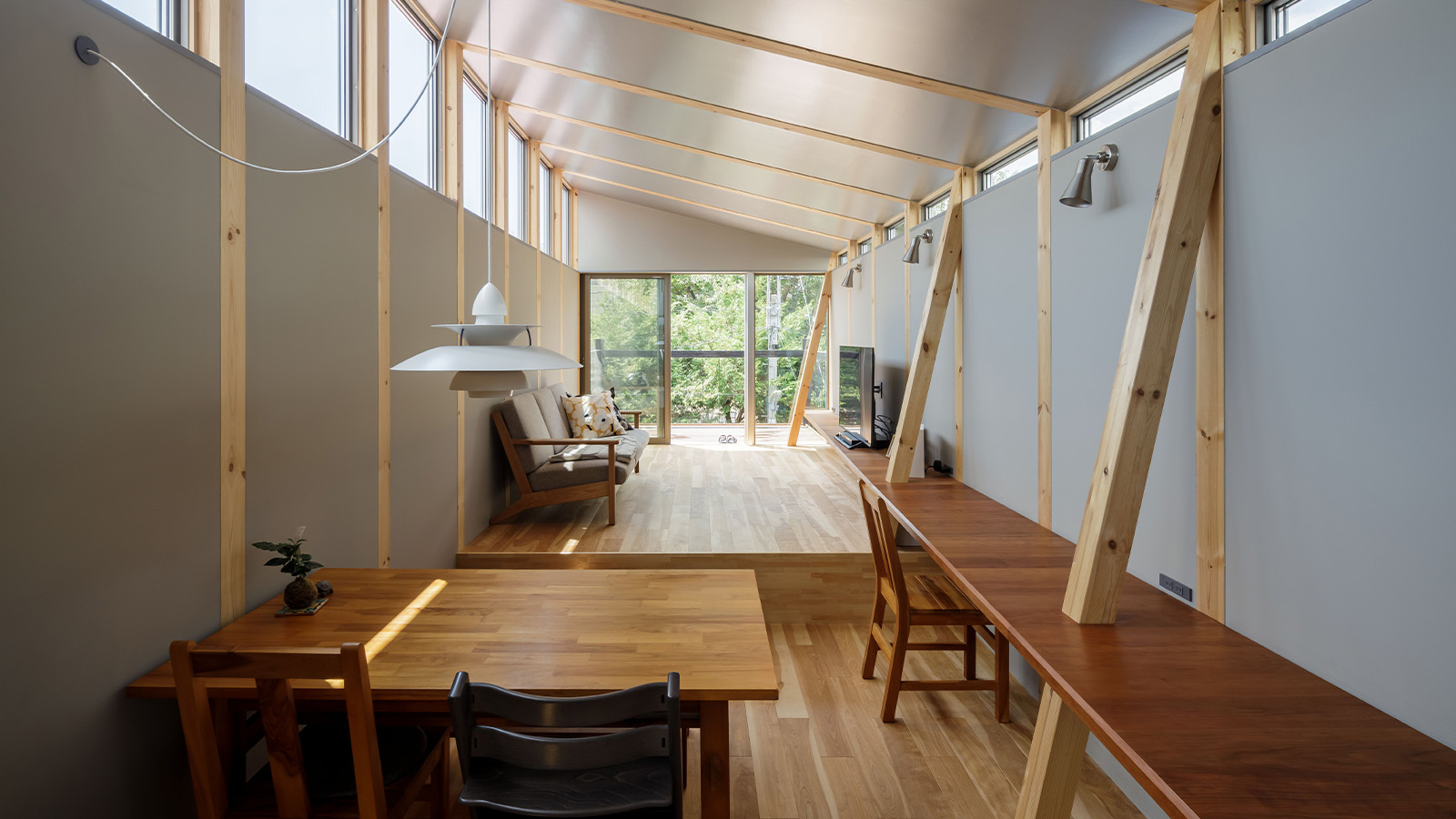 This Fukasawa house is a contemporary take on the traditional wooden architecture of Japan
This Fukasawa house is a contemporary take on the traditional wooden architecture of JapanDesigned by MIDW, a house nestled in the south-west Tokyo district features contrasting spaces united by the calming rhythm of structural timber beams
-
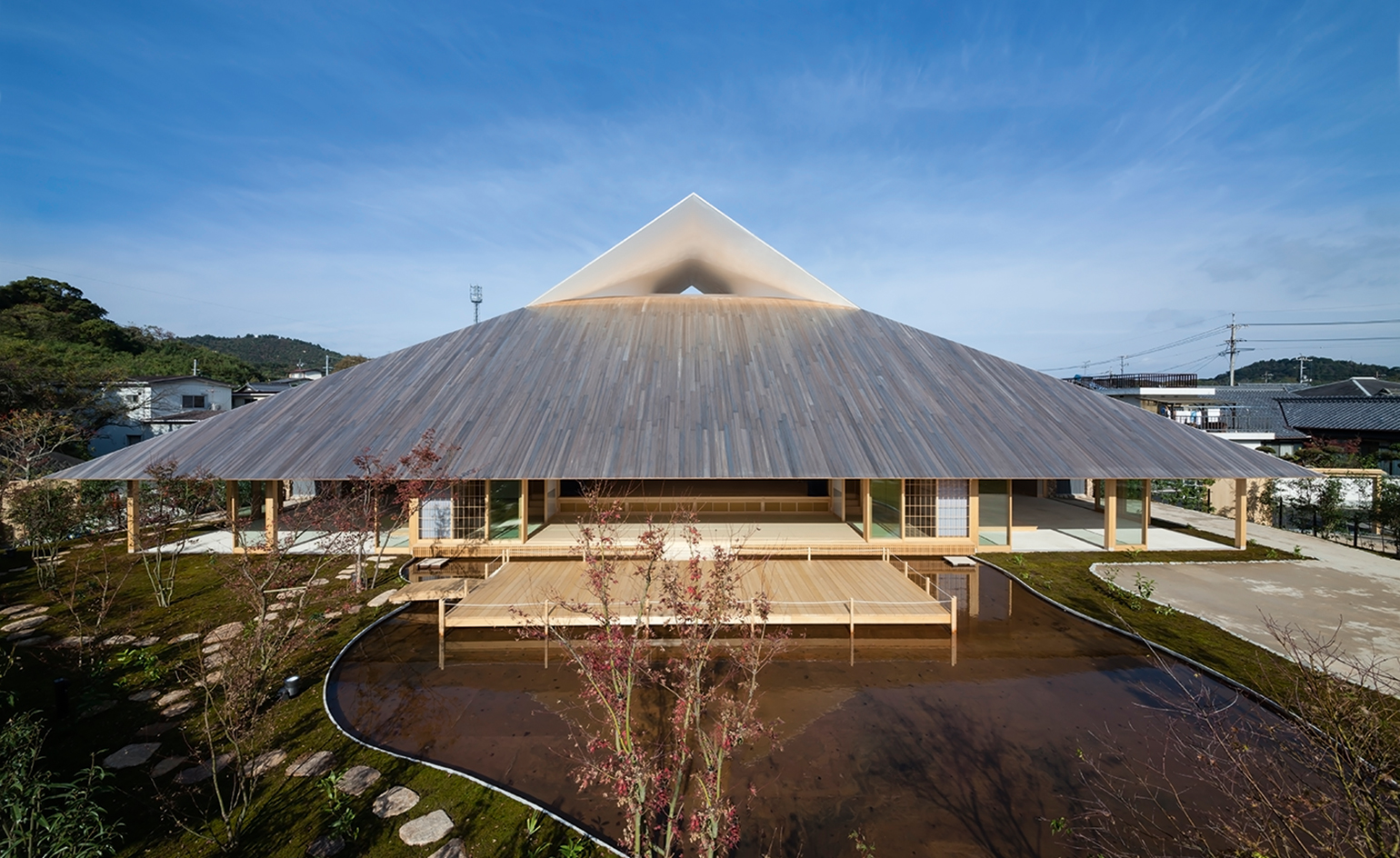 Take a tour of the 'architectural kingdom' of Japan
Take a tour of the 'architectural kingdom' of JapanJapan's Seto Inland Sea offers some of the finest architecture in the country – we tour its rich selection of contemporary buildings by some of the industry's biggest names
-
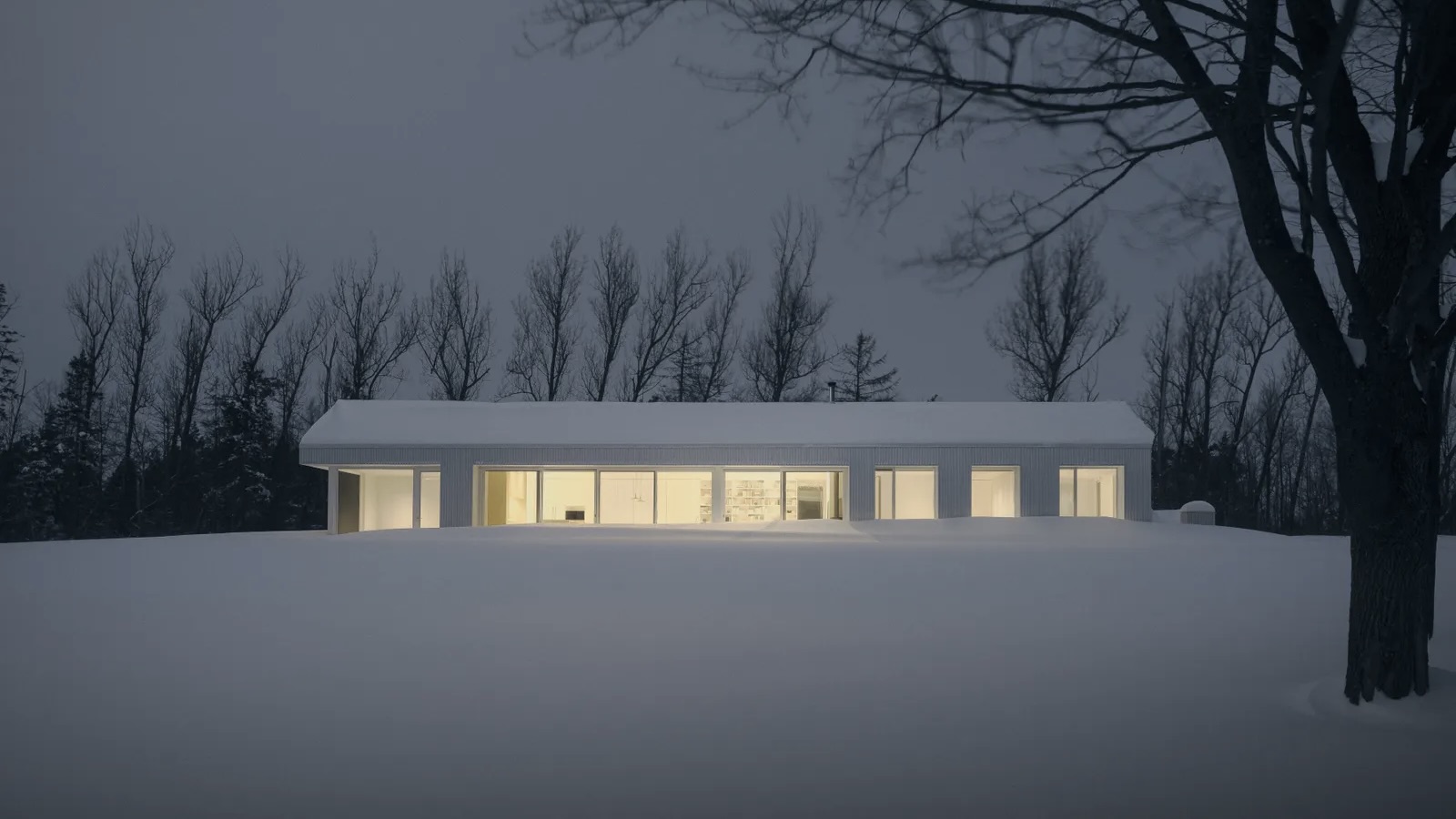 The Architecture Edit: Wallpaper’s houses of the month
The Architecture Edit: Wallpaper’s houses of the monthFrom Malibu beach pads to cosy cabins blanketed in snow, Wallpaper* has featured some incredible homes this month. We profile our favourites below
-
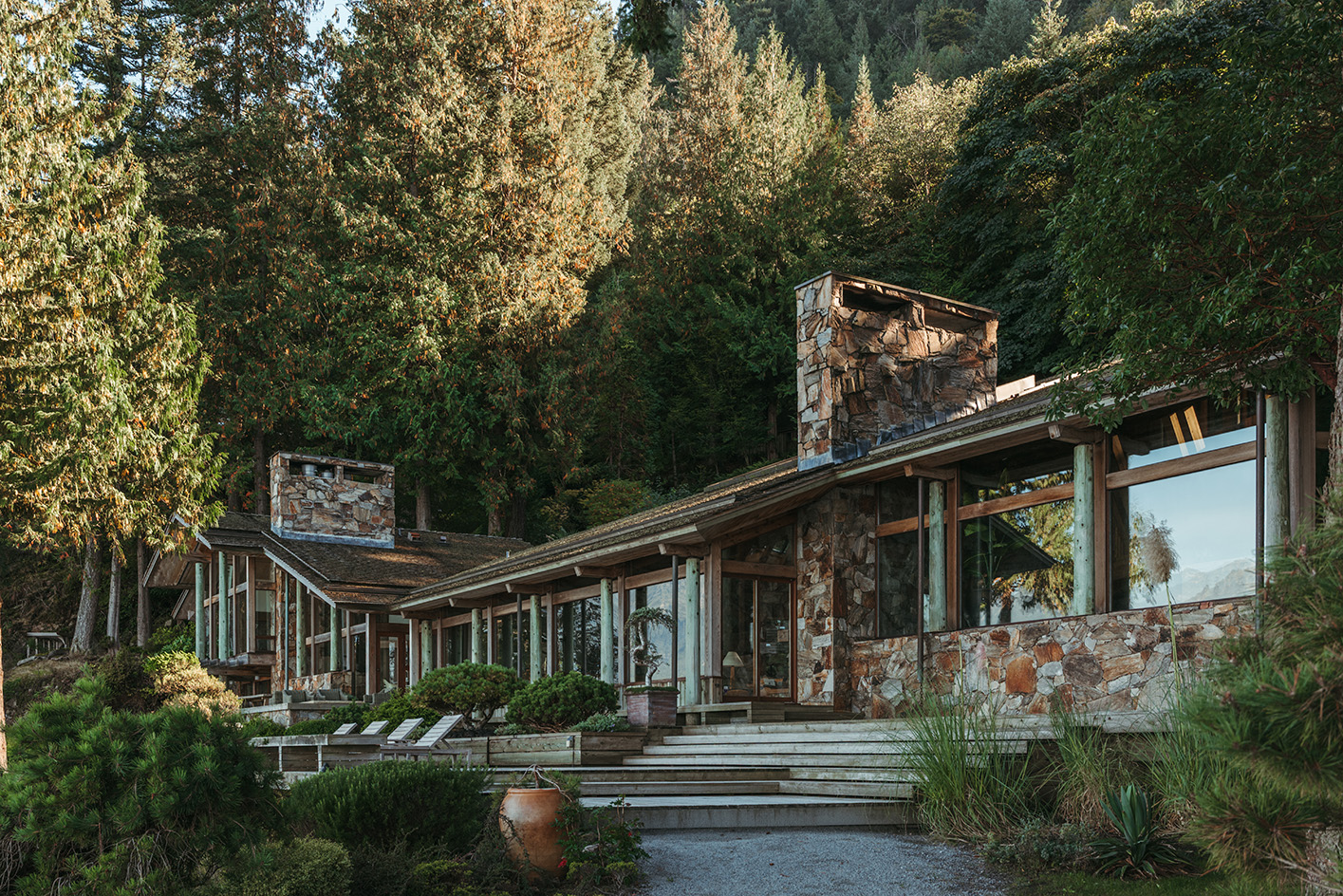 Explore the riches of Morse House, the Canadian modernist gem on the market
Explore the riches of Morse House, the Canadian modernist gem on the marketMorse House, designed by Thompson, Berwick & Pratt Architects in 1982 on Vancouver's Bowen Island, is on the market – might you be the new custodian of its modernist legacy?
-
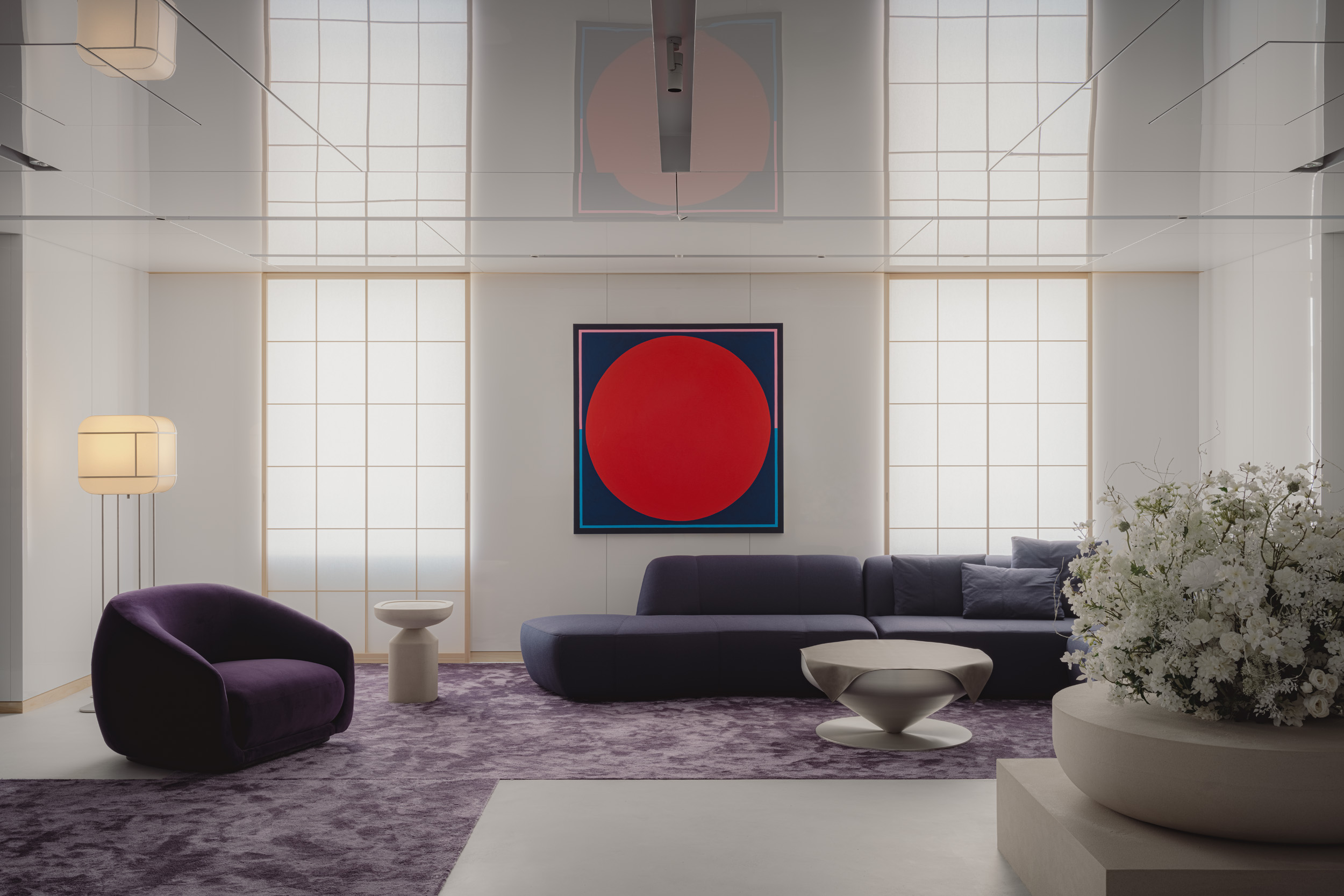 Matsuya Ginza lounge is a glossy haven at Tokyo’s century-old department store
Matsuya Ginza lounge is a glossy haven at Tokyo’s century-old department storeA new VIP lounge inside Tokyo’s Matsuya Ginza department store, designed by I-IN, balances modernity and elegance
-
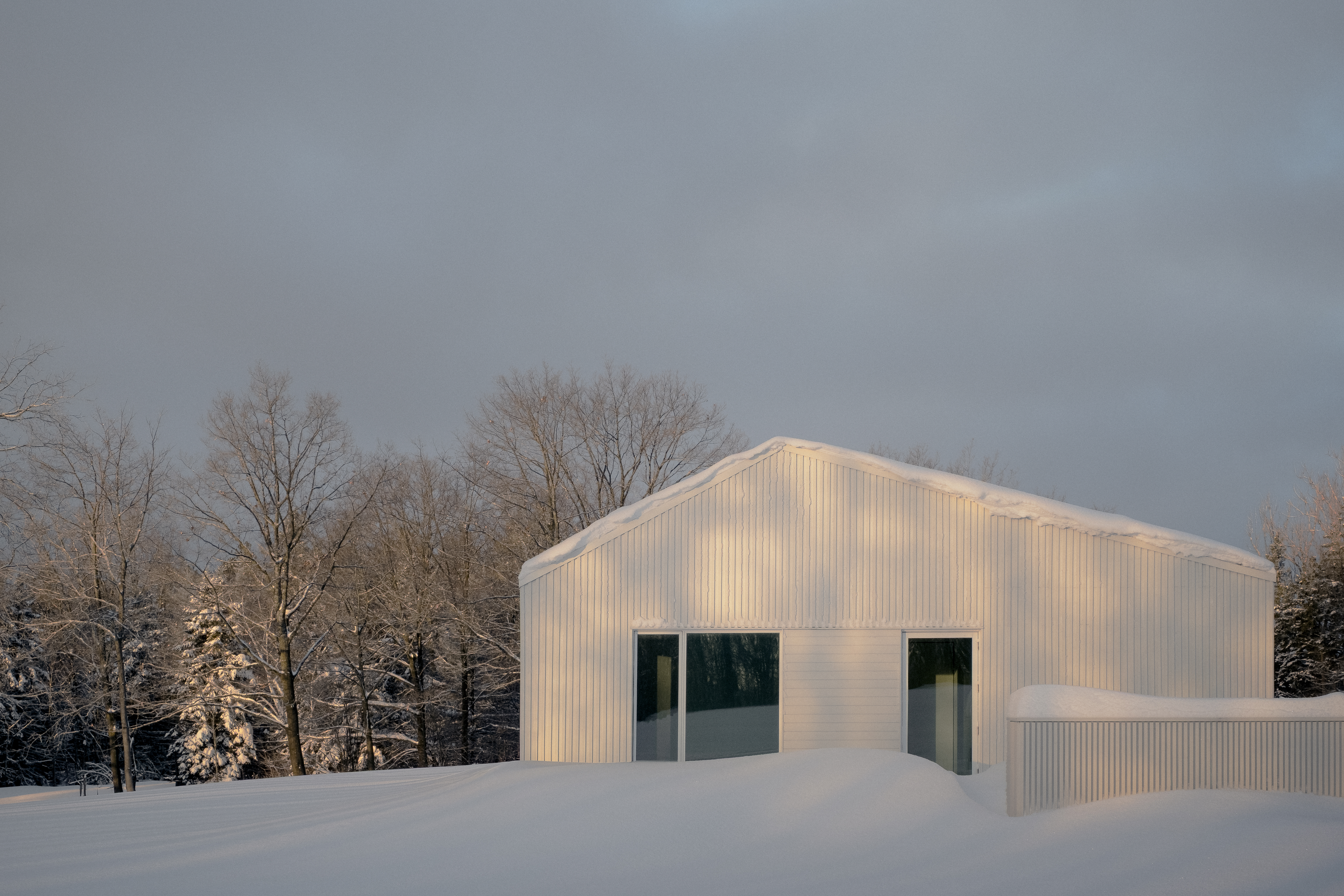 Cosy up in a snowy Canadian cabin inspired by utilitarian farmhouses
Cosy up in a snowy Canadian cabin inspired by utilitarian farmhousesTimbertop is a minimalist shelter overlooking the woodland home of wild deer, porcupines and turkeys
-
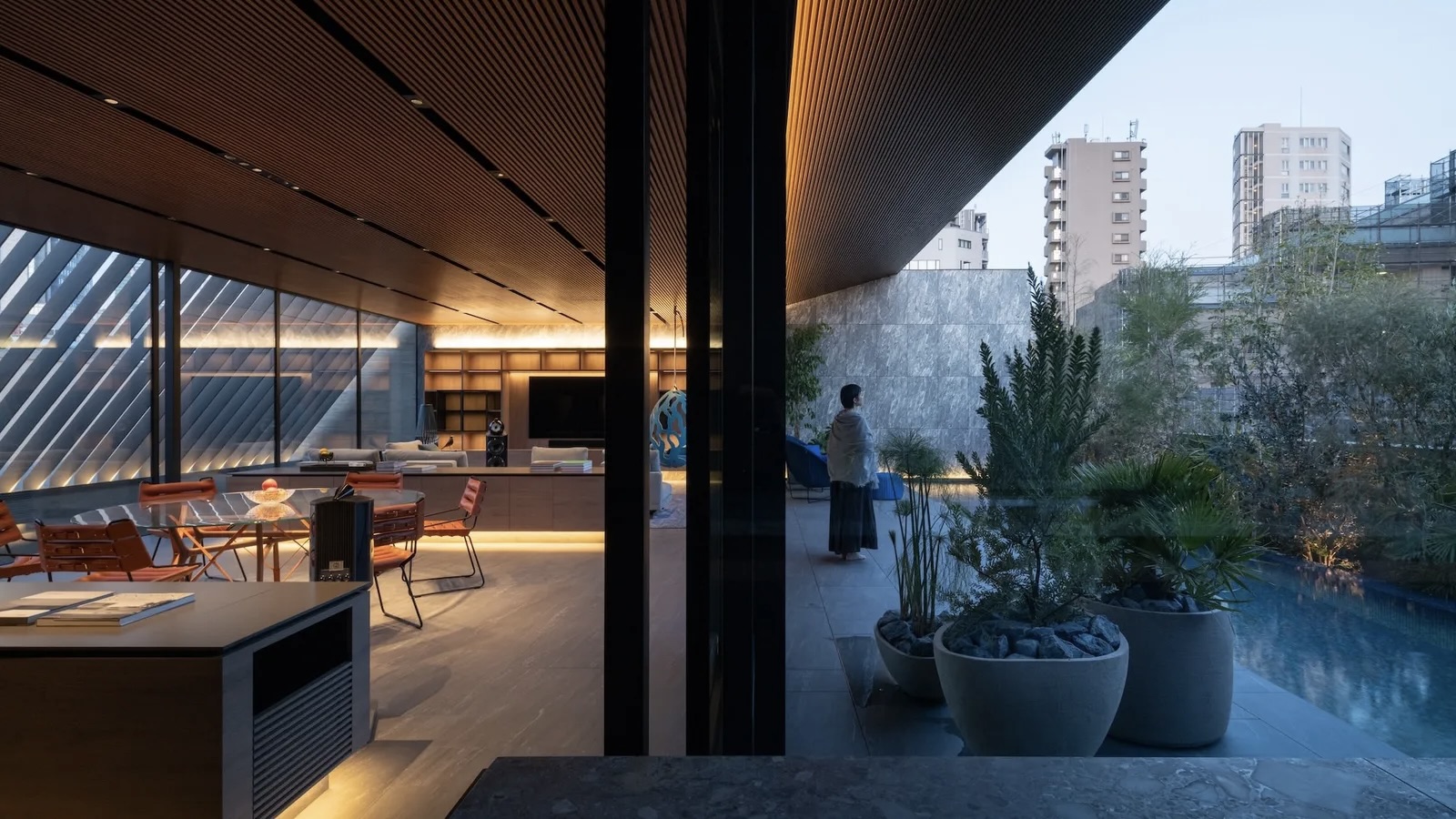 The Architecture Edit: Wallpaper’s houses of the month
The Architecture Edit: Wallpaper’s houses of the monthThis September, Wallpaper highlighted a striking mix of architecture – from iconic modernist homes newly up for sale to the dramatic transformation of a crumbling Scottish cottage. These are the projects that caught our eye